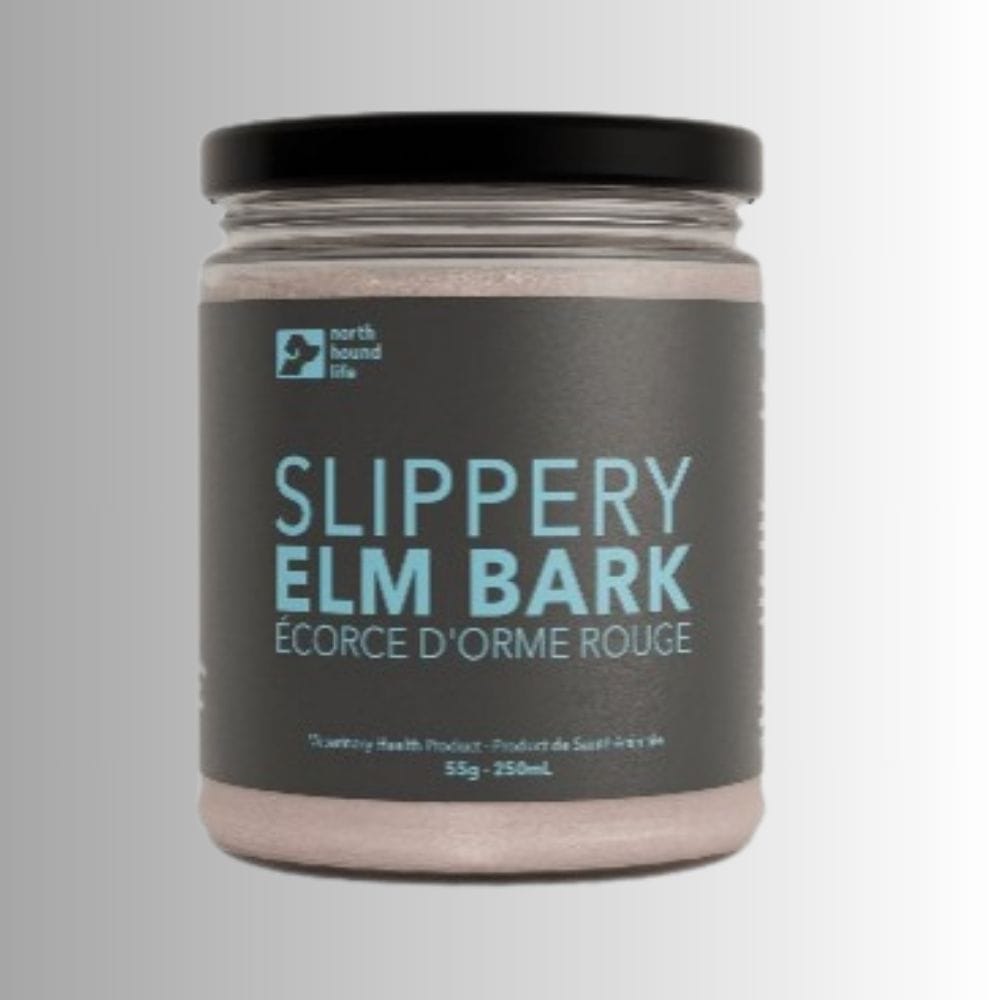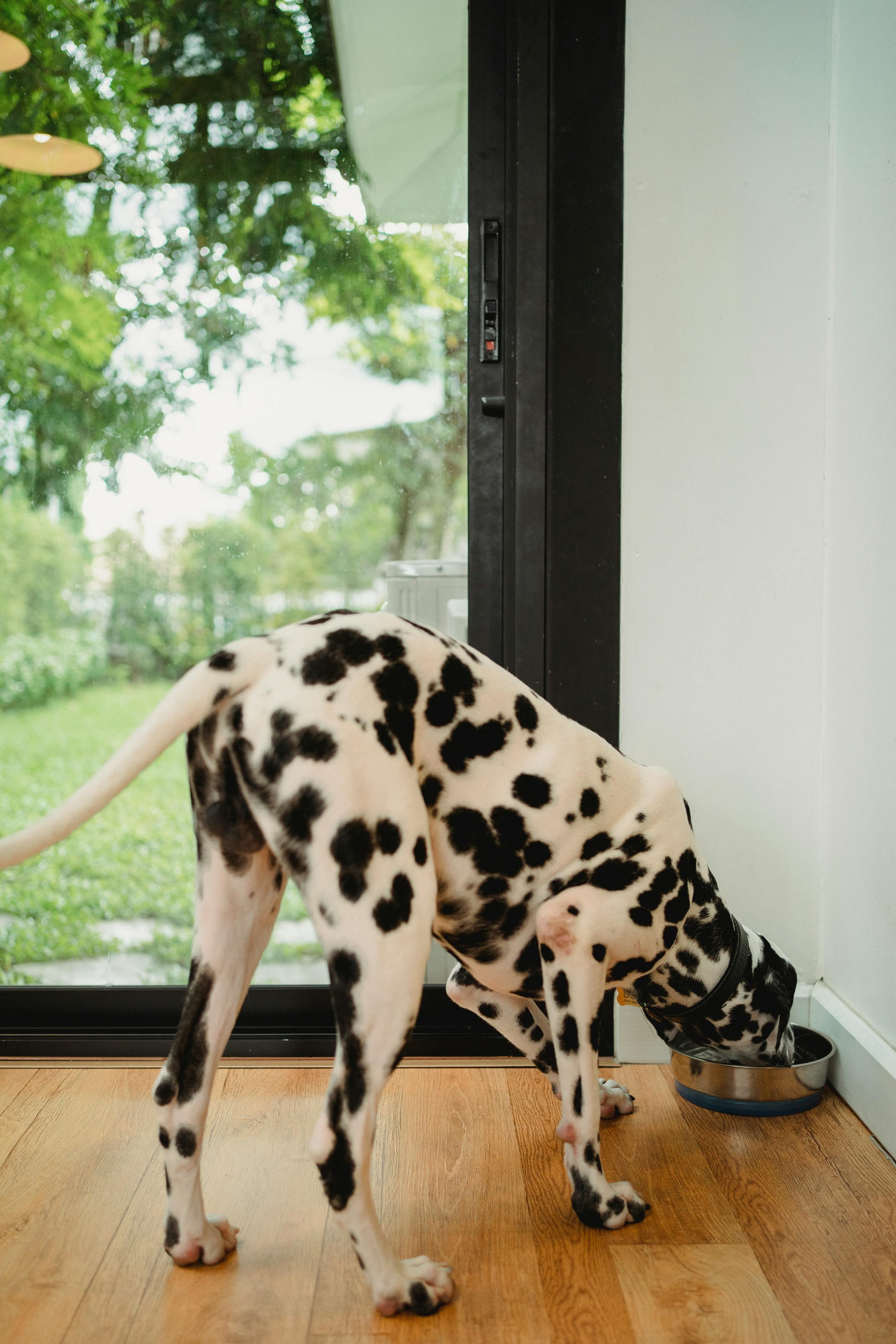Slippery Elm Bark for Dogs: The Bark That Soothes from the Inside Out!

Key Takeaways:
- Slippery Elm Bark offers natural relief for various canine digestive issues.
- It can be administered in multiple forms, including powder, capsules, and tinctures.
- Always consult with a veterinarian before introducing Slippery Elm Bark to your dog's diet.
Introduction to Slippery Elm Bark
Slippery Elm Bark, derived from the inner bark of the Slippery Elm tree, has been a staple in traditional medicine for centuries. Known for its soothing properties, it has found its way into the world of pet care, particularly for dogs. This natural remedy is celebrated for its ability to alleviate a range of digestive issues, making it a go-to for many pet owners.
Dogs, like humans, can suffer from a variety of digestive problems. From diarrhea to constipation, these issues can significantly impact their quality of life. Slippery Elm Bark offers a natural solution, providing relief without the harsh side effects often associated with conventional medications. But what exactly makes this bark so special?
Benefits of Slippery Elm Bark for Dogs
Slippery Elm Bark is packed with mucilage, a gel-like substance that coats and soothes the digestive tract. This makes it particularly effective for dogs suffering from gastrointestinal issues such as diarrhea, constipation, and inflammatory bowel disease. The mucilage forms a protective layer, reducing irritation and promoting healing.
In addition to its digestive benefits, Slippery Elm Bark also has anti-inflammatory properties. This can be particularly beneficial for dogs with conditions like arthritis or other inflammatory diseases. By reducing inflammation, it can help alleviate pain and improve mobility, enhancing your dog's overall well-being.
How to Administer Slippery Elm Bark
Administering Slippery Elm Bark to your dog can be done in several ways. The most common form is powder, which can be mixed with water to create a soothing paste. This paste can then be added to your dog's food or given directly. Capsules and tinctures are also available, offering convenient alternatives for pet owners.
When introducing Slippery Elm Bark to your dog's diet, it's essential to start with a small dose and gradually increase it. This allows you to monitor your dog's reaction and ensure they tolerate it well. Always follow the dosage instructions provided on the product packaging or consult with your veterinarian for personalized advice.
Potential Side Effects and Precautions
While Slippery Elm Bark is generally considered safe for dogs, it's not without potential side effects. When first introduced to the bark, some dogs may experience mild gastrointestinal upset, such as gas or bloating. If these symptoms persist, it's best to discontinue use and consult with your veterinarian.
It's also important to note that Slippery Elm Bark can interfere with the absorption of certain medications. If your dog is on any prescription drugs, consult with your veterinarian before adding Slippery Elm Bark to their regimen. This will help ensure there are no adverse interactions and that your dog receives the full benefit of their medications.
Slippery Elm Bark for Specific Conditions
Slippery Elm Bark can be particularly beneficial for dogs with specific conditions. For example, dogs with inflammatory bowel disease (IBD) can experience significant relief from the soothing properties of the bark. It helps reduce inflammation and irritation in the digestive tract, promoting healing and improving overall digestive health.
Dogs with chronic diarrhea can also benefit from Slippery Elm Bark. The mucilage forms a protective layer in the intestines, reducing irritation and helping to firm up stools. This can provide much-needed relief for dogs suffering from persistent diarrhea, improving their quality of life and overall health.
Slippery Elm Bark vs. Conventional Medications
One of the main advantages of Slippery Elm Bark over conventional medications is its natural composition. Many medications for digestive issues come with a host of side effects, some of which can be quite severe. Slippery Elm Bark offers a gentler alternative, providing relief without the risk of harsh side effects.
Additionally, Slippery Elm Bark can be used alongside other treatments. This makes it a versatile option for pet owners looking to provide comprehensive care for their dogs. Whether used as a standalone treatment or in conjunction with other therapies, Slippery Elm Bark can play a valuable role in your dog's health regimen.
Real-Life Success Stories
Many pet owners have turned to Slippery Elm Bark to help their dogs with digestive issues, and the results have been overwhelmingly positive. Take, for example, the story of Max, a Labrador Retriever who suffered from chronic diarrhea. After trying various medications with limited success, Max's owner decided to give Slippery Elm Bark a try. Within a week, Max's diarrhea had significantly improved, and he was back to his playful self.
Another success story involves Bella, a senior Beagle with arthritis. Bella's owner started adding Slippery Elm Bark to her diet to help with her digestive issues, but soon noticed an improvement in her mobility as well. The anti-inflammatory properties of the bark helped reduce Bella's joint pain, allowing her to move more freely and enjoy her golden years.
How to Choose the Right Slippery Elm Bark Product
When selecting a Slippery Elm Bark product for your dog, it's important to choose a high-quality option. Look for products that are specifically formulated for pets, as these will have the appropriate dosage instructions and safety guidelines. Organic options are also a good choice, as they are free from pesticides and other harmful chemicals.
Reading reviews and seeking recommendations from other pet owners can also be helpful. Many online forums and pet care websites offer valuable insights into the effectiveness of different products. By doing your research, you can ensure you choose a product that will provide the best results for your dog.
DIY Slippery Elm Bark Remedies
For those who prefer a hands-on approach, making your own Slippery Elm Bark remedies at home is an option. The most common DIY remedy is a simple Slippery Elm Bark powder and water paste. To make this paste, mix one teaspoon of Slippery Elm Bark powder with one cup of water. Stir until the mixture thickens, then let it cool before administering it to your dog.
Another DIY option is to create a soothing tea. To make Slippery Elm Bark tea, steep one teaspoon of the powder in a cup of hot water for about 10 minutes. Allow the tea to cool, then offer it to your dog. This can be particularly helpful for dogs with sore throats or other upper respiratory issues.
Consulting with Your Veterinarian
Before introducing Slippery Elm Bark to your dog's diet, it's crucial to consult with your veterinarian. They can provide personalized advice based on your dog's specific health needs and ensure there are no potential interactions with other medications. Your veterinarian can also help you determine the appropriate dosage and monitor your dog's progress.
Regular check-ups with your veterinarian are essential for maintaining your dog's overall health. By working together, you can create a comprehensive care plan that includes natural remedies like Slippery Elm Bark, ensuring your dog stays happy and healthy.
Summary
Slippery Elm Bark offers a natural, effective solution for a variety of canine health issues, particularly those related to digestion. Its soothing properties can provide relief from conditions like diarrhea, constipation, and inflammatory bowel disease, while its anti-inflammatory benefits can help with arthritis and other inflammatory conditions. By choosing high-quality products and consulting with your veterinarian, you can safely incorporate Slippery Elm Bark into your dog's health regimen.
FAQ
1. Can I give Slippery Elm Bark to my puppy?
Yes, Slippery Elm Bark can be given to puppies, but it's essential to consult with your veterinarian first. Puppies have different nutritional needs and sensitivities compared to adult dogs, so professional guidance is crucial.
2. How long does it take for Slippery Elm Bark to work?
The effects of Slippery Elm Bark can vary depending on the condition being treated and the individual dog. Some dogs may experience relief within a few days, while others may take a week or more. Consistency is key, so continue administering the bark as directed and monitor your dog's progress.
3. Can Slippery Elm Bark be used long-term?
Slippery Elm Bark is generally safe for long-term use, but it's important to consult with your veterinarian. They can help determine the appropriate duration of use based on your dog's specific health needs and ensure there are no potential interactions with other treatments.







